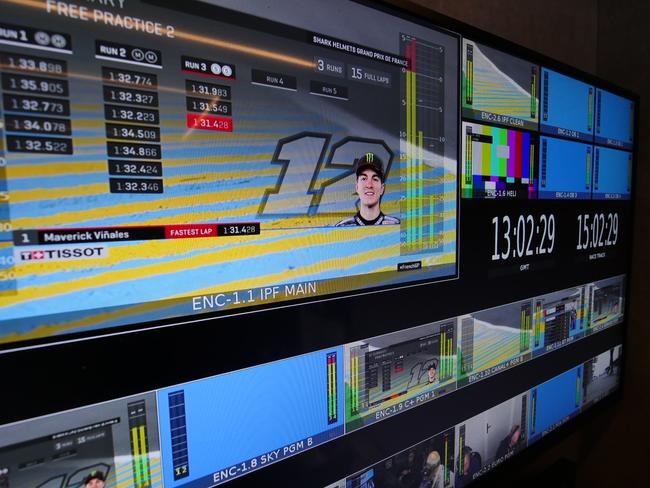Sports broadcasting has revolutionized the way we experience sports, bringing real-time action right into our living rooms. From its humble beginnings in radio to the current high-definition television and streaming services, sports broadcasting has come a long way.
The Early Days of Sports Broadcasting
The journey of sports broadcasting began in the early 20th century with radio. The first-ever live broadcast of a sports event was a boxing match between Johnny Dundee and Johnny Ray in 1921. This marked the dawn of an era where fans could experience the excitement of live sports even if they couldn’t be physically present.
The Rise of Television Broadcasting
Television transformed sports broadcasting by adding a visual element. The 1936 Berlin Olympics were among the first sporting events to be televised, albeit to a limited audience. By the 1950s and 60s, television became a household item, and so did televised sports. Major leagues like the NFL and MLB began signing lucrative television deals, further enhancing the reach and popularity of various sports.
The Digital Revolution
The advent of the internet and streaming services has redefined sports broadcasting. Fans can now watch their favorite sports on multiple devices, anywhere, anytime. Services like ESPN+, DAZN, and Amazon Prime Video offer specialized sports content, catering to a more diverse audience.
The Shift to Interactive Broadcasting
Modern sports broadcasting is not just about passive viewing but also active engagement. Features like real-time stats, multi-angle views, and social media integration have made it a highly interactive experience. Some platforms even offer augmented reality (AR) and virtual reality (VR) options for an immersive viewing experience.
Key Benefits of Modern Sports Broadcasting
- Real-time access to live events
- High-definition and 4K quality visuals
- Interactive features like live stats and social media integration
- Multilingual commentaries and subtitles
- Personalized viewing experiences
FAQs About Sports Broadcasting
What was the first live sports broadcast?
The first live sports broadcast was a boxing match 무료 스포츠 중계 between Johnny Dundee and Johnny Ray in 1921.
How has technology impacted sports broadcasting?
Technology has greatly enhanced sports broadcasting by providing high-definition visuals, streaming capabilities, interactive features, and immersive experiences like AR and VR.
Are there any drawbacks to modern sports broadcasting?
Some drawbacks include potential technical issues like streaming lag, subscription costs for multiple platforms, and the risk of lower engagement in traditional in-person attendance at games.
In conclusion, sports broadcasting has evolved significantly, enriching the way we consume sports. From the crackling sounds of early radio to the stunning visuals of today’s broadcasts, this field continues to innovate, bringing us closer to the action than ever before.
